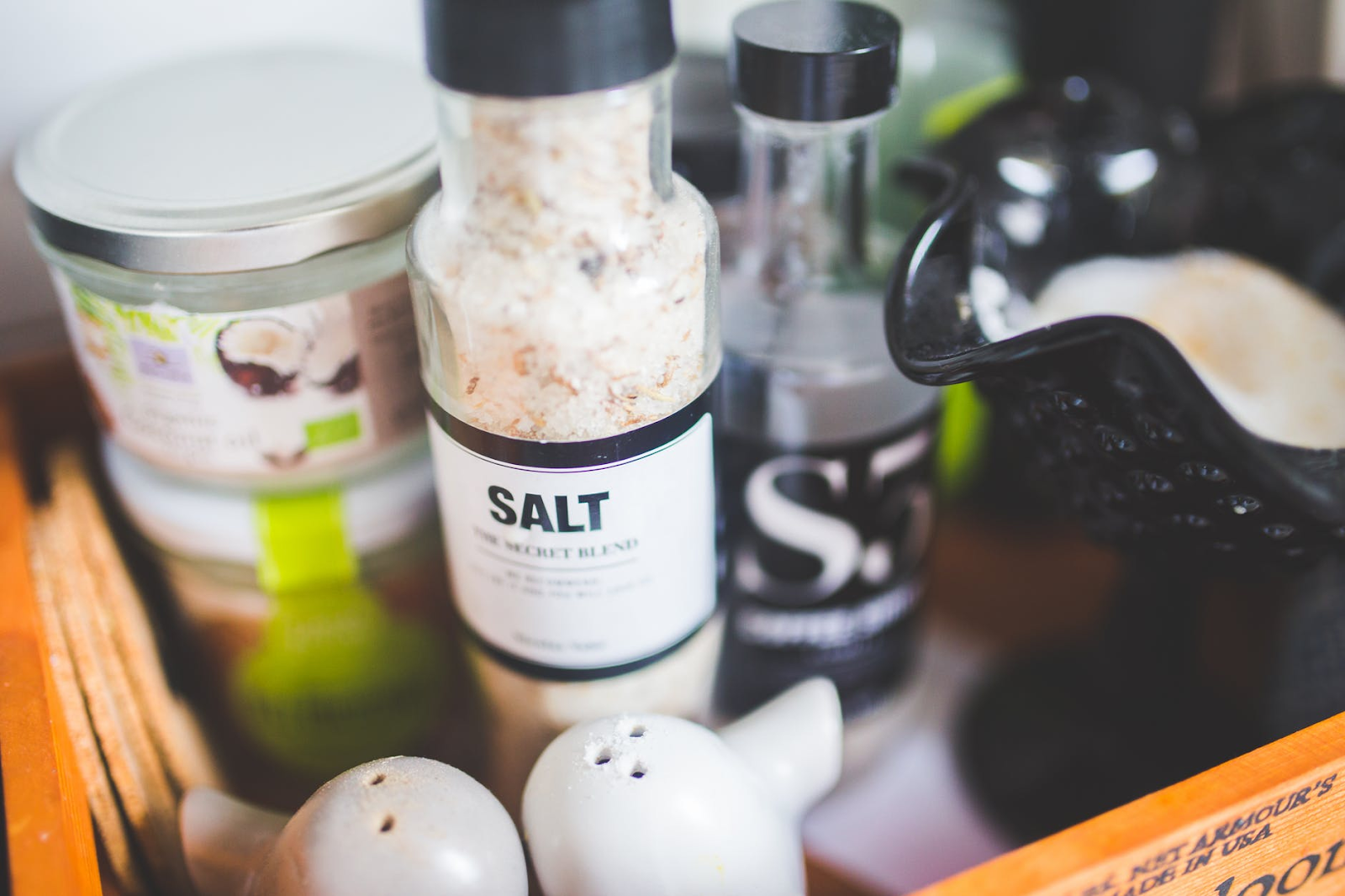
History Of The King Coconut In Sri Lanka 6s6ch Teles
When one thinks of the coconut, they think of a round, heavy fruit that is a shade of brown or green.
To contrast, the King coconut, know in the scientific world as Cocos Nucifera var. Aurantiaca, is as orange as a sunset from its native island of Sri Lanka.
But why, then, is the King coconut orange in the first place?
Here are some points to consider.
1. King coconuts are more bright and vivid the younger they are.
A King coconut takes anywhere between eight months and fourteen months to reach full maturity. The younger ones typically will have a brighter color, while the older ones become a duller shade. Older coconuts also typically have fuzzy fibers and have a thicker shell. King coconuts can be harvested starting around 8 months old, and are frequently hand-picked to ensure the quality that comes with its young age. This means that the King coconut will usually be sold when it is its brightest shade of orange.
2. Fruits and vegetables can be one color initially and change into a new variant over multiple generations both naturally and through human interference.
Fruits and vegetables can adapt to their surroundings and change over time. For example, a scientific theory states that the brown coconut thousands of years ago had three palms in the same husk, but over time changed through mutations to end up having only one endosperm. Changes can also be induced through selective breeding. For example, carrots hundreds of years ago were initially purple, yellow, or white in color. It wasn’t until the 18th century when Dutch farmers purposefully cultivated orange colored carrots in honor of William of Orange. For the King coconut, it’s entirely possible that a genetic mutation occured hundreds of years ago to create the orange nut Sri Lanka is known for today.
3. The King coconut’s orange color reflects its nutritional content.
As with any fruit or vegetable, the color signals the health benefits. A King coconut is orange due to a compound called carotenoids. Carotenoids can improve immune function and lower risks for heart disease, vision problems, and cancer. Folate, potassium, bromium and vitamin C are also found in the orange nut. The King coconut also has a higher volume of water than other coconuts and is often harvested to make coconut water. Additionally, the water is full of refreshing electrolytes while also having a natural sweetness due to sucrose and fructose.
4. King coconuts are grown primarily in Sri Lanka, which makes cultivation more consistent.
King coconuts are an allogamous breed of coconuts. This means that the gametes from two parents combine to create a third plant. This process known as “cross-fertilization” can create unique mixes if different breeds are combined. However, because the King coconut is indigenous to Sri Lanka, and the orange nut is the preferred choice of coconut on the island, the King coconut is able to create new King coconut plants with little variation. In certain species, a recessive gene can be cancelled out if bred with a dominant gene. If two recessive genes are combined, however, the recessive genes will be present in the offspring. When one thinks of the orange color of the King coconut as a recessive gene, it can explain why the nut remains orange with new coconuts yields grown in Sri Lanka every year.
Eliya is the producer of organic King Coconut Water. Bottled in Sri Lanka, the name “Eliya” in the native language means “light”. When compared to other coconut water brands, the makers of King coconut water work hard to create an environmentally friendly, all-natural, and humane product. Eliya’s King coconut water allows people around the world to taste sweet tropical flavors in the comfort of their own homes. Eliya wants everyone to see the light in just how good a coconut water can be.
Want more? Follow us on Instagram @eliyanyc for the latest and greatest! #herecomestheking






